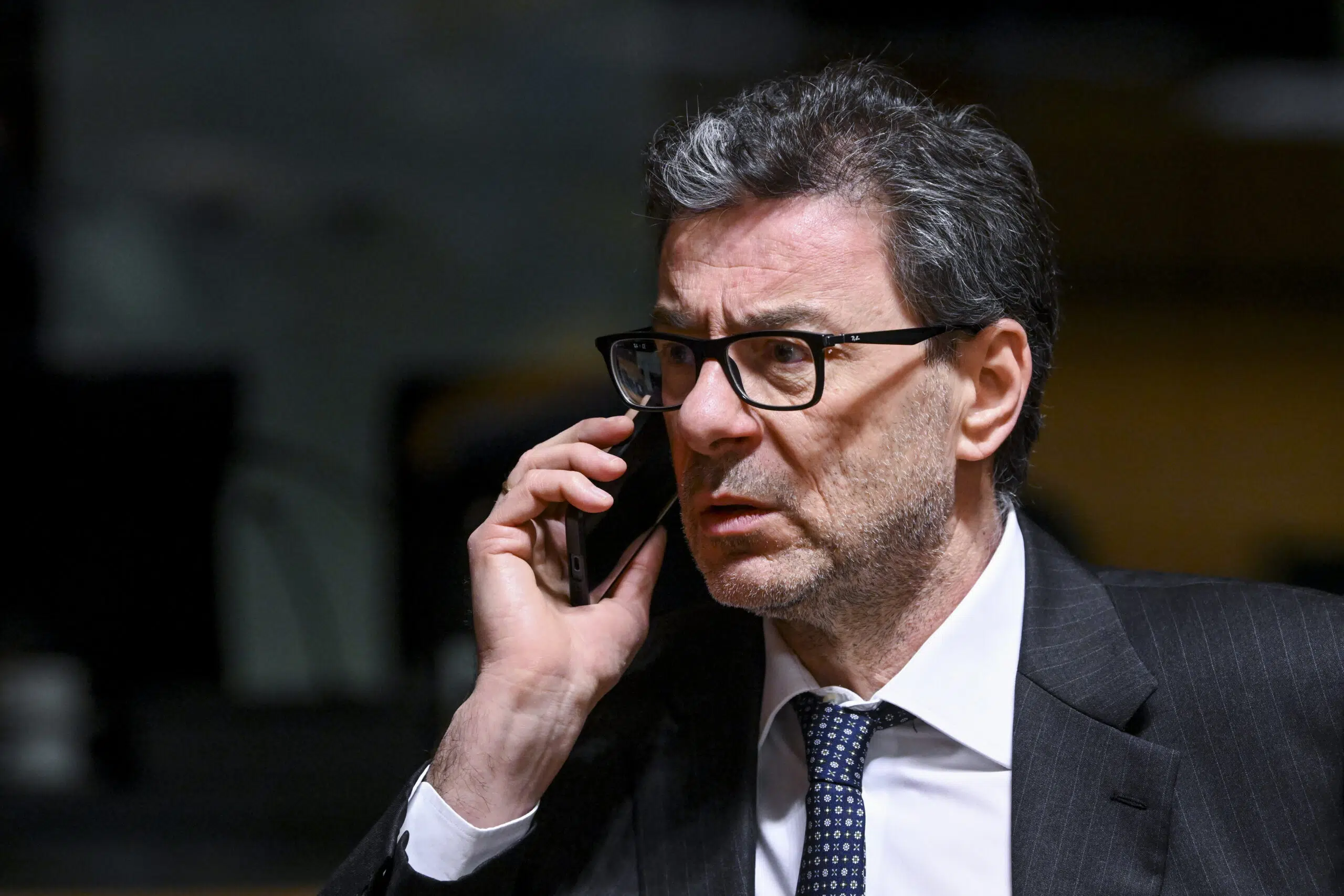Brussels – That “Italy system” on which Giorgia Meloni‘s government is insisting to defend national interests in Brussels suffers two tough defeats. Having the joint Rome-Budapest filibuster of the final approval of the directive on green houses failed, Italy remains alone in opposing the revision of the European directive on industrial emissions that includes large-scale livestock farms, including pig and poultry farms, in the scope of the new rules.
At the final green light turned on today (April 12) by the EU Council in the Economy and Finance format, in addition to Minister Giancarlo Giorgetti voting against, Bulgaria, Austria, and Romania abstained. “At first, the Italian positions seem isolated or out of place, but in the end, they are more realistic than other approaches,” the economy minister commented laconically on the sidelines of the meeting. The central—and most divisive—core of the revision concerned precisely the expansion of facilities covered by the directive, extended, for example, to large pig farms (above 350 livestock units), broilers (280 units) and laying hens (300 units), while for farms raising both pigs and poultry, the limit will be 380 units.

Compared to the European Commission’s original proposal, however, the EU Parliament had already excluded cattle farms from the text that came out of interinstitutional negotiations, although the EU executive may consider by the end of 2026 whether emissions from cattle farming need to be further addressed, as well as a reciprocity clause to ensure that non-EU producers meet similar requirements to those for European producers. Extensive farms and domestic animal husbandry are also excluded from the scope.
Mining and large-scale battery production are also added to the more than 50,000 installations located in EU countries already covered by the directive and responsible for emitting 20 per cent of all pollutants to air and water and 40 per cent of greenhouse gas emissions in the EU. Upon review by the commission, the scope could also be extended to industrial minerals.
What does the directive on industrial emissions provide for
In essence, all facilities to which the directive is applied will have to report and monitor their environmental performance and make efforts to control their respective emissions. Industrial operators are granted, by national authorities, an authorisation to operate that defines emission limit values for pollutants emitted by a facility. These values are based on best available techniques, which the commission sets in coordination with experts from member states, industry, and environmental organisations.
The directive also provides for a gradual digitisation of procedures and information: it will make permitting more efficient and less burdensome by introducing an obligation for member states to establish an electronic permitting system by 2035. It will establish a new portal for more comprehensive and integrated information on industrial emissions, replacing the current European Pollutant Release and Transfer Register.
Member states must establish effective, proportionate, and dissuasive penalties for non-compliance with the directive. Operators risk penalties of not less than 3 per cent of their annual turnover for severe violations. The directive also introduces the right for people whose health has been affected to seek compensation from those who violate the directive. Once published in the Official Journal of the EU, the directive will allow 22 months for national governments to incorporate and adapt their national legislation.
English version by the Translation Service of Withub





